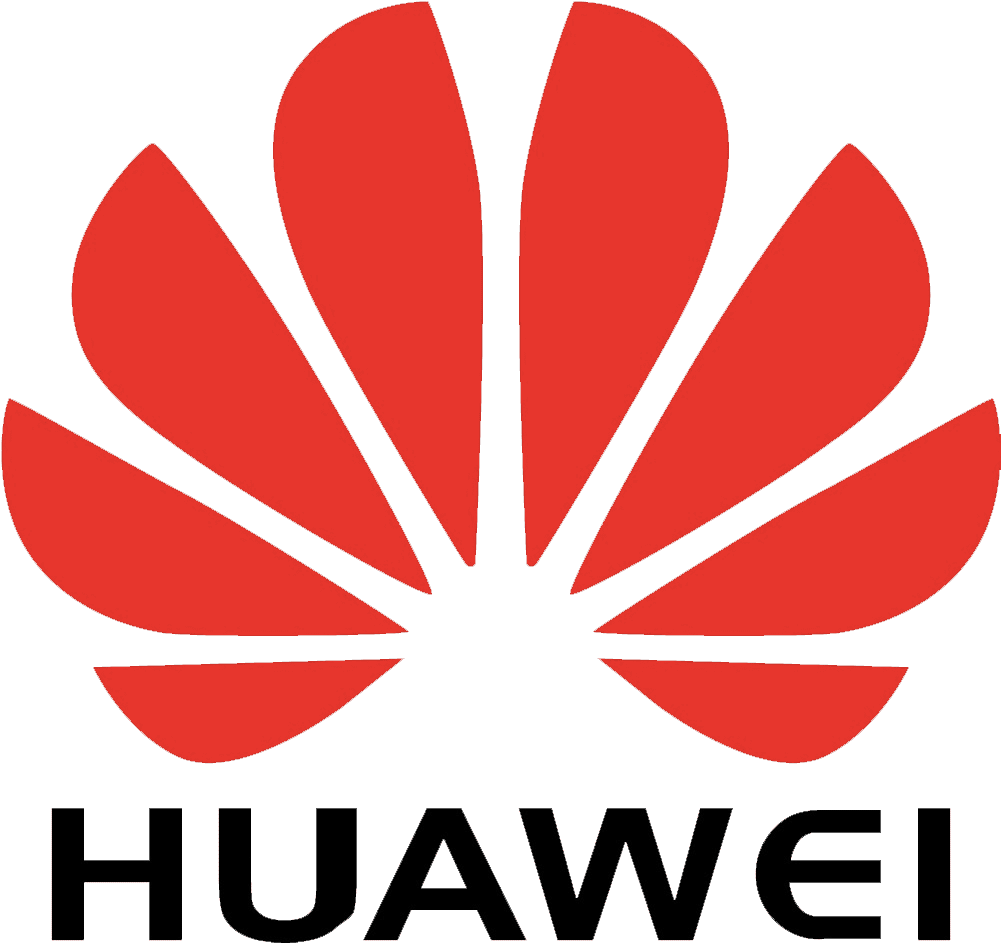
For many of us, the portal to the rest of the internet begins with a search. Whether it’s a random trivia hunt or detailed dive, our quest for information most often relies on a search engine of some sort.
In July 2020 alone, Verizon Media processed 2.23 billion searches in the United States. Search isn’t an online luxury, it’s a digital necessity. While Google dominates, many are keen to see a change of the guard. If search is a must-have, this generation of internet users has some key requirements that other tech companies and upstarts are fulfilling.
Mobile-first for the smartphone generation
Many of the search engines we use today emerged in an era before the explosive adoption of smartphones, but innovators like Huawei are centering the mobile experience as a priority. The tech company recently launched Petal Search, a mobile-first search engine app for Huawei and Android devices.
Our search experiences shape our online experience and how we digest information, so it’s fitting that Huawei’s recent innovations in the mobile arena connect with its latest search app. The company’s positioning as a tangible alternative to mobile brands is made evident by its commitment to developing technology for a global audience.
Their native apps like Petal Search promise “an enhanced digital lifestyle experience” for the modern consumer. For Huawei, this means creating a mobile-centric experience.
As Dr Jaime Gonzalo, VP of Huawei Consumer Mobile Services Europe explains to The Next Web, “Using a smartphone means that you expect a personal, quick action and instant-response experience, therefore a search engine has to make it easy for users to enter the query.”
Petal Search is for the mobile user. From its slick interface to its availability on smartphones and tablets, Huawei has created a modern search app with the future squarely in mind, and search is just one aspect of its development.
Navigation is another area Huawei have created advanced search technology, with the advent of Petal Maps. Huawei envisions its development beyond a competitor to existing navigation apps. “Petal Maps is not an App, it’s a Roadmap,” Dr Jaime Gonzalo tells The Next Web.
Petal Maps boasts the typical navigation features found in the leading competitors. Still, Huawei has gone the extra mile with advanced privacy controls to give users the ultimate freedom in deciding how much information they wish to disclose. Both Huawei’s Petal Maps and Petal Search are part of the company’s wider AI life strategy, which integrates the smartphone into a broader connected ecosystem. The development of Petal Search and Maps are hint at the future trends coming to search and navigation.
(Search) context is king
While search engine conglomerates adapt to search trends by creating different verticals, the future of search will be transformed by contextual and niche search engines within app experiences. For example, user-generated content on Instagram is now searchable by keyword, making it convenient for users to adopt the in-app search over the likes of Bing to search specific posts.
Search platforms tied to specific actions will continue to gain momentum as the preferred choice over generalist platforms. Ecommerce visual search platform, Syte, uses AI to help shoppers match photos to similar items. Its usability is closely matched to its immediate purpose and indicates the demand for contextual search experiences. Likewise, Petal Maps’ navigation capabilities will soon include relevant details like lane-level traffic information.
Existing platforms will enhance their search capabilities to meet the unique needs of their users and prioritize functionality over mainstream search platforms. AirBnB’s recent IPO filings suggest Google pushed the platform down in search rankings to favor Google’s travel and vacation search tool. Apple is also building its own search engine instead of relying on existing search tools.
As brands and consumers awaken to the potential for bias on the main search channels, channels that provide contextual search and make it easy to administer personalized settings will gain momentum.
For instance, Petal Search’s functionality runs across twelve categories, including shopping, apps, visual search and travel. Petal Search’s development is informed by consumer research and demand. The Huawei team use their skills in AI, data processing and user experience to refine and innovate the Petal-branded apps. Since May, the app has undergone five iterations to its present version, and more updates are earmarked as the platform matures.
Privacy and search: a public issue
Privacy has fast become a hot-button topic for search and navigation platforms. Search is part of the everyday fabric of digital life. The public’s awareness of privacy issues has increased, and search platforms must show openness towards the issue of consumer privacy if they are to succeed in this new paradigm. Advocates point to search engines like Ecosia and DuckDuckGo as leading examples of privacy-compliant search engines, but they’re not the only ones. New browsers like Brave enable users to choose privacy settings with granular detail, including their search engine preferences.
Though regional legislation like GDPR has made privacy more relevant to consumers, it’s still challenging for users to decipher how to select their privacy options with search engines. Dr Gonzalo describes Huawei’s approach to search engine privacy, in simple terms. “In Petal Search, we let users have full control easily about what they want to share with the search engine.”
Petal Search users can select from three levels of safe search to prevent adult content from search results. The app explains its privacy notice in simple language, and they support the Right To Be Forgotten from search engine results. On Petal Maps, all personal information is stored locally. Users can withdraw consent to the collection of location data, and there’s an option to disable the service and remove any information collected.
Huawei’s insistence on providing clear information to users signals a turning point for the future of search engine privacy, proving that sometimes the most compelling innovations are the simplest ones.
Search innovation is user innovation
In the ever-changing world of technology, a cohesive search and navigation experience helps us decipher the swathes of information into something contextual and useful.
As users demand more from their search engines, Huawei’s mobile-first approach leads the way in taking consumers beyond the typical search parameters providing a search experience crafted for today’s mobile user. In a refreshing turn of events, the individual is at the heart of Huawei’s search. No longer are we on the receiving end of innovation, subject to the decisions that erode our choices and personal freedom.
As Huawei brings Petal Search and Maps to the world, it finally feels like we’re co-creating a relevant search experience with a technology leader, and that’s the rarest find of them all.
Get the TNW newsletter
Get the most important tech news in your inbox each week.






